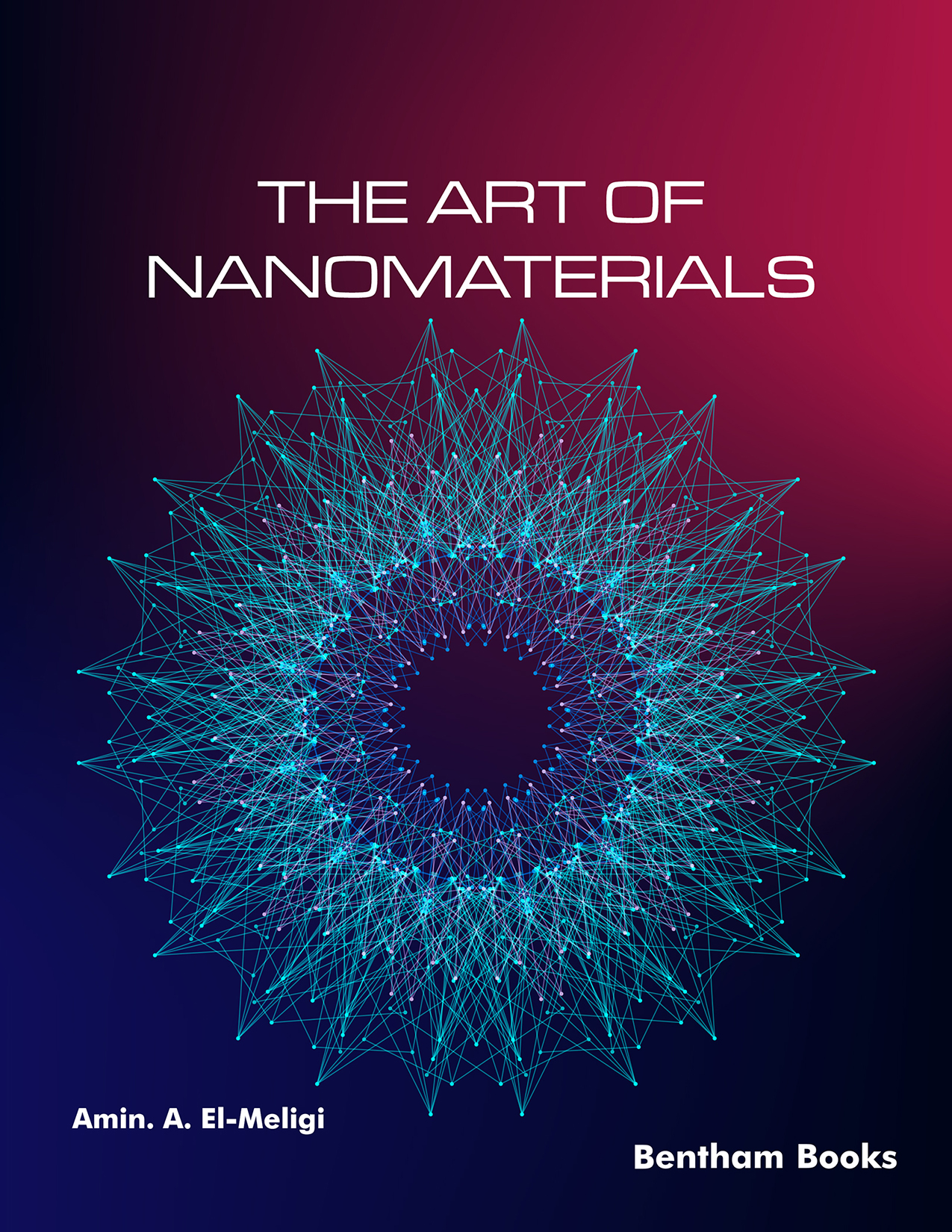Introduction
Nanotechnology has revolutionized many fields and applications, such as medical diagnosis and treatment, water purification, and environmental protection. There is an art behind the synthesis of nanomaterials and their use in our daily lives. The Art of Nanomaterials takes the reader on a fascinating historical journey to learn how artistic inventiveness has influenced scientific innovation, from ancient Egyptian paintings to modern uses in healthcare and engineering.
Through 6 chapters, readers will be able to appreciate the history and significance of nanomaterials in modern technology, their role in medicine, environmental protection, and their relationship with water. It serves as a quick and simple reference for anyone who has a scientific background in natural sciences, or otherwise, who is interested in nanomaterials.
Audience:
Students, general readers and scholars interested in nanomaterials.

